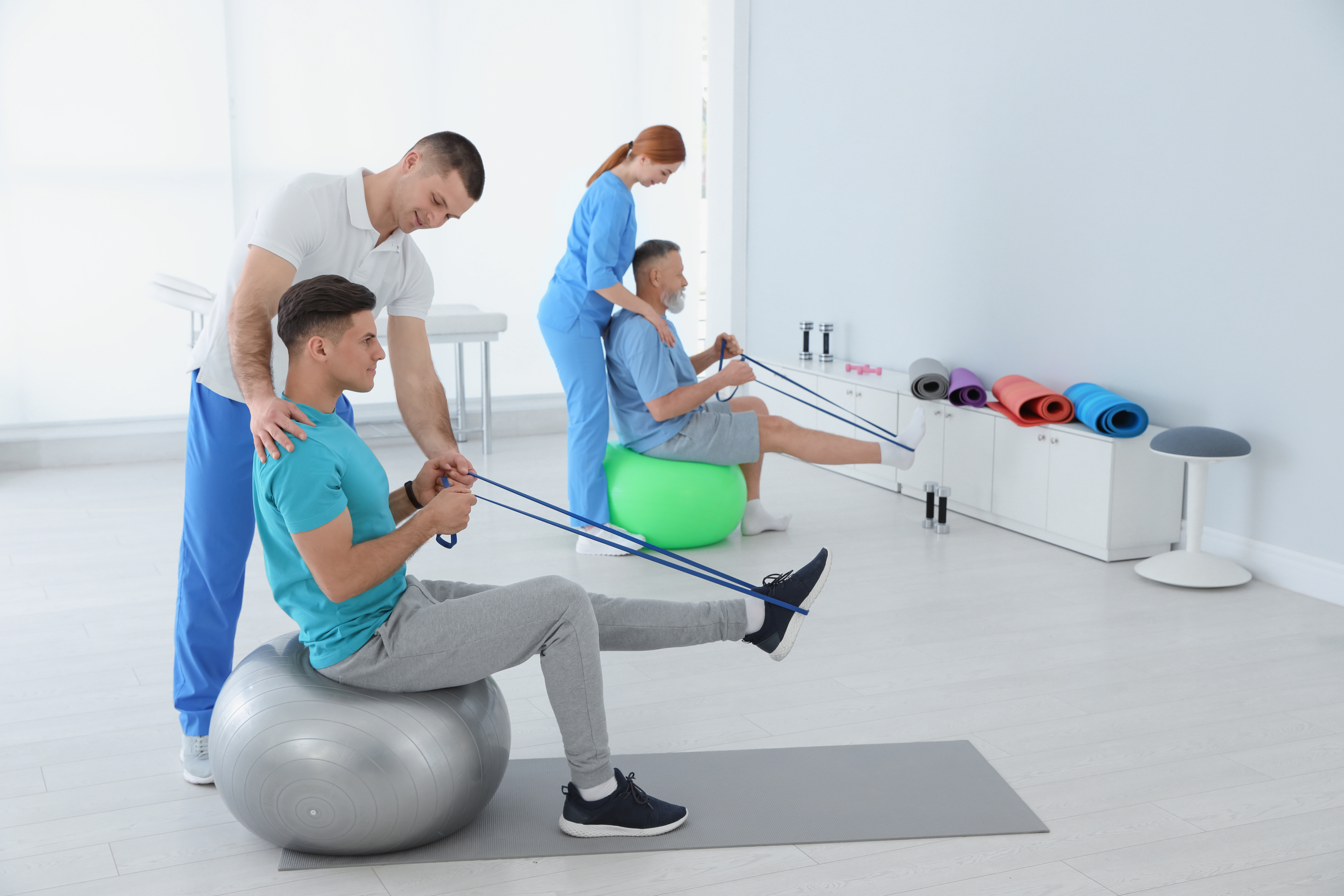
Persistent discomfort affects millions of people globally and can substantially diminish the standard of life. It can arise from various disorders, such as joint inflammation, chronic pain syndrome, or prior injuries. While drugs and therapies are frequently used to control pain, a growing body of studies shows that physical activity can serve a crucial role in relieving chronic pain. Engaging in consistent physical activity can not only help lower pain levels but also enhance overall well-being and capability. Understanding how exercise affects the body can enable individuals to assume control of their pain management.
Physical activity has several physical benefits that can help alleviate chronic pain. When individuals participate in exercise activities, their systems produce endorphins, which are innate pain-killers. Additionally, exercise can boost blood flow and fortify muscles, providing superior support for articulations. For those with issues like arthritis, low-impact exercises such as swimming or cycling can assist maintain joint mobility without placing excessive strain on the body. Consistent exercise also assists in preserving a fit weight, which can lessen the pressure on load-bearing joints and additionally ease pain.
In addition to its physical benefits, exercise has a positive impact on mental health. Chronic pain can often result to emotions of anxiety and depression, which can exacerbate the experience of pain. Participating in consistent physical exercise can assist fight these emotions by enhancing look these up self-esteem and elevating mood. Group exercises, such as yoga or pilates, also provide communal interaction, which can enhance emotional support. This combination of physical and mental health benefits makes exercise an essential component of a comprehensive pain management strategy.
It is important to tackle exercise with caution, especially for those dealing with chronic pain. Starting slowly is crucial to prevent worsening symptoms. Patients should consider consulting healthcare experts to create a tailored exercise program that considers into account their specific issues and constraints. Exercises such as flexibility training, walking, or gentle yoga can be excellent starting points. Gradually boosting the effort and duration of sessions can assist build strength and endurance without inducing undue strain on the system.
In summary, utilizing the power of exercise can substantially reduce chronic pain and improve quality of life. Consistent physical exercise not only helps to reduce pain through the release of endorphins and improved muscle strength but also promotes mental health. By including exercise into regular routines, patients can empower themselves in managing their pain. A thoughtful and knowledgeable method to exercise, directed by healthcare experts, can bring to lasting benefits in health and overall standard of life.
Comments on “Utilizing the Strength of Exercise to Alleviate Persistent Pain and Enhance Standard of Life”